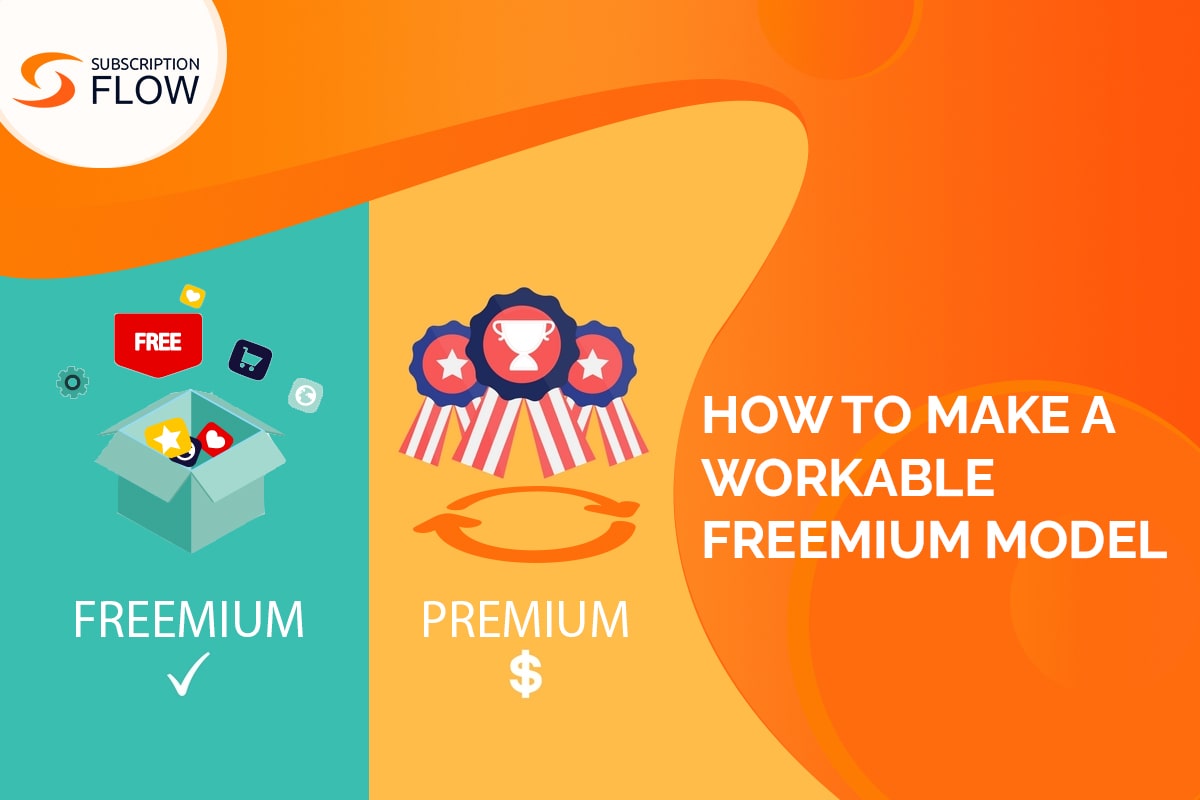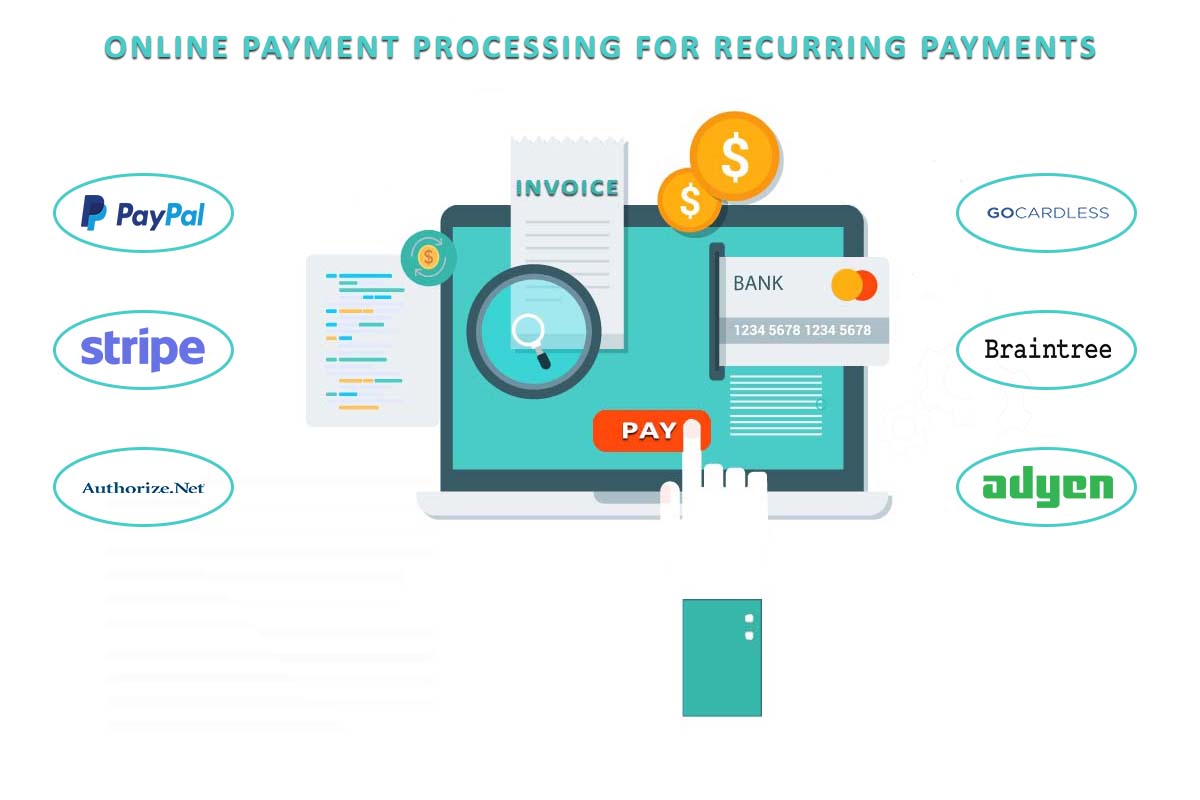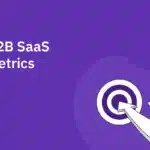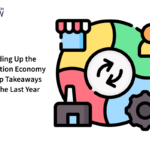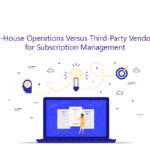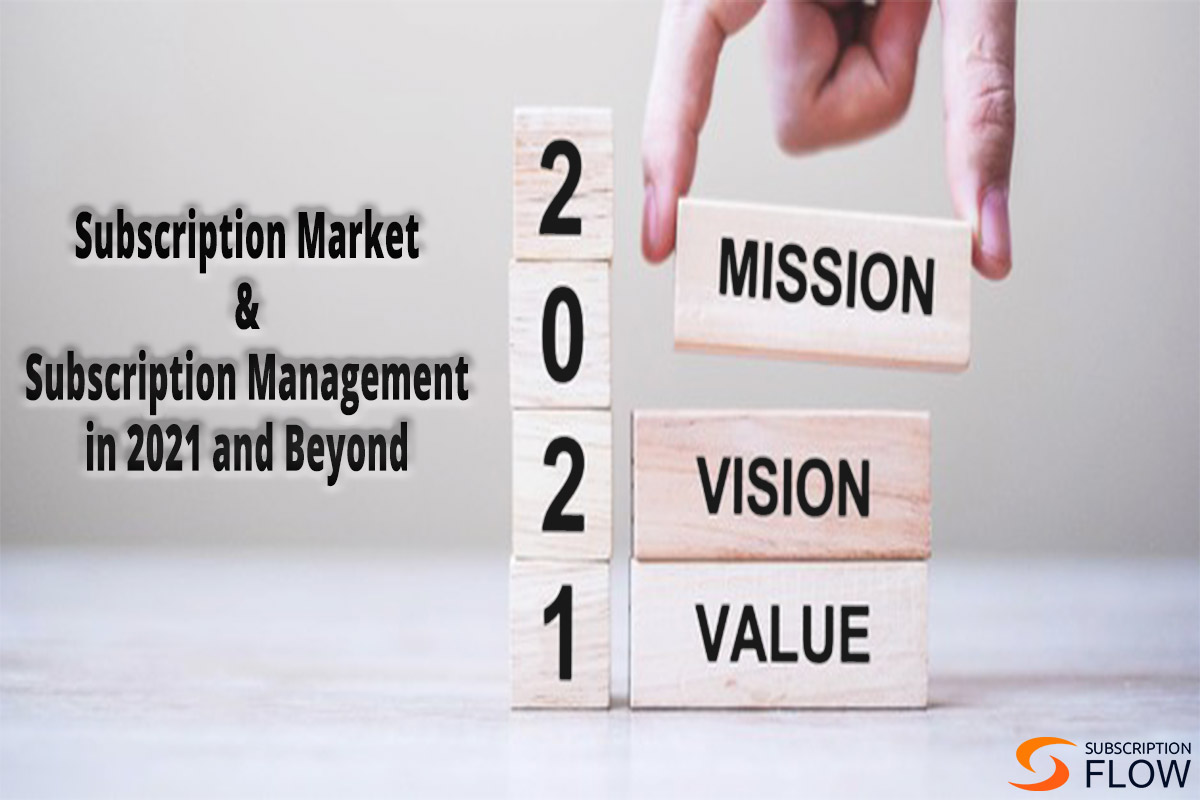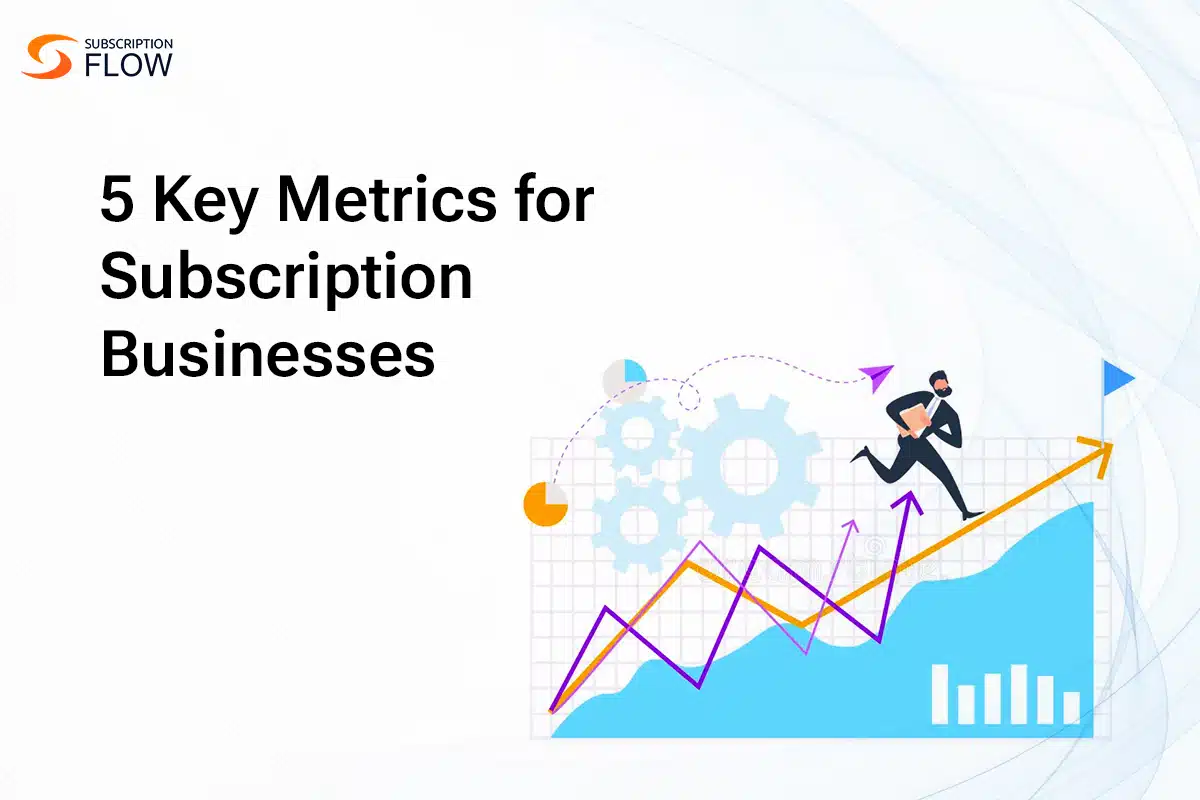
How Can SubscriptionFlow Supercharge Your Subscription Business Using These 5 Key Metrics?
Recurring revenue models, or subscription models, can be a great way for businesses to generate income while providing customers with the options they want. This trend is even affecting business-to-business enterprises. For instance, certain aircraft manufacturers are switching from selling jet engines to leasing them as a service that includes upkeep and repairs.
Gross profit margins, customer acquisition expenses, manufacturing costs, and revenue growth are examples of metrics that may be used in a traditional business model that involves a one-time sale or a perpetual license. However, a distinct set of metrics is needed for the subscription business model in order to track and keep an eye on the company’s health.
In this blog, keeping this context in mind, we will be going over certain key metrics for subscription business that you need to keep in mind in 2023-24 to ensure that you are able to gauge the success of your subscription business.
Read more: Three Core Metrics to Measure Subscription Business Growth
Key Metrics to Follow to Successfully Gauge the Success of Your Subscription Business: A List
You must look for subscription business metrics other than revenue in order to assess the performance of a subscription business. This is owing to a result of subscription businesses placing a greater emphasis on client retention than on new customer acquisition. In this sense, their revenue is consistent, long-term, and somewhat predictable.
The following are the key metrics for subscription business that you need to be on the lookout for in 2023-24:
1. Cost of Acquiring Customers: You should aim for the lowest possible cost of customer acquisition. Ideally, it ought to be significantly less than the lifetime value of your customers because gaining new clients ought to be profitable.
You must add up all of your marketing and sales expenses that go toward acquiring new customers in order to find your CAC. Next, you split this amount by the total number of new clients that you have during that time. You must examine your customer acquisition costs using particular marketing channels.
2. Revenue Churn Rate: Revenue churn, as opposed to subscriber churn, indicates the proportion of revenue lost from current subscribers over a specific time frame. Tracking and monitoring revenue churn is more important than customer churn. This is how customers canceling their subscriptions will affect their finances.
Calculate the revenue lost as a result of downgrades during the period, upgrades during the period, and revenue at the start of the period to determine this. Both voluntary and involuntary terminations will also result in revenue loss.
3. Rate of Trial Conversation: This metric calculates the rate at which people who download your product’s free trial version convert to paying customers. It is crucial to weigh the benefits of having trial users convert against the trial’s duration and the expenses you’ll pay by providing a free product. Questions like how effective are your free trials at converting users to paid subscribers? These can be answered by looking at your trial conversion rate.
4. Freemium Conversion Rate: The effectiveness of your free offering in drawing and holding on to users who are prepared to pay for additional features or benefits is demonstrated by the freemium conversion rate. It is computed by dividing the total number of users who are free over a specified time period by the number of paid subscribers. A higher freemium conversion rate indicates that users will be sufficiently motivated to upgrade to a premium plan by the value and value your free offering offers. Both your income and client loyalty may rise as a result.
5. Engagement Rate: The frequency with which your customers interact with your product or service is indicated by your engagement rate. It can be computed by dividing the total number of users in a given period by the number of active users. A high rate of customer engagement suggests that your offering is meeting their needs and adding value. A low engagement rate could be an indication that there is room for improvement or that your product or service isn’t living up to customer expectations.
Read more: Key Subscription Metrics to Monitor and Analyze In 2023-24
How Can SubscriptionFlow Supercharge Your Subscription Business Using These 5 Key Metrics?
With SubscriptionFlow, you can effectively manage your subscription business by monitoring and enhancing the most important metrics. Regardless of whether you provide paid subscriptions, free trials, or freemium plans, SubscriptionFlow can help you raise sales, lower attrition, and improve user engagement. How it does that is as follows:
1. Cost of Acquisition (CAC): SubscriptionFlow assists you in calculating the expenses associated with acquiring each new client and comparing them to your client lifetime value (LTV). Run targeted campaigns with SubscriptionFlow to draw in more qualified leads and reduce your cost-per-acquisition.
2. Revenue Churn Rate: SubscriptionFlow assists you in tracking the amount of money you lose to clients who downgrade or cancel their subscriptions. Additionally, you can use SubscriptionFlow to segment your customer base based on risk tolerance, pinpoint the causes of customer attrition, and put retention tactics into place to lower attrition and boost loyalty.
3. Trial Conversion Rate: SubscriptionFlow assists you in monitoring the proportion of your free trial users who become paying clients as well as the variables that affect their choice. To improve your conversion rate and income, you can also use SubscriptionFlow to optimize your trial duration, price, features, and messaging.
4. Freemium Conversion Rate: SubscriptionFlow assists you in tracking the percentage of your freemium users who upgrade to premium plans as well as the factors that influence their decisions. Additionally, SubscriptionFlow can be used to develop a strong value proposition, make an upgrade path evident, and encourage users to upgrade in order to access additional features.
5. Engagement Rate: SubscriptionFlow facilitates the analysis of user engagement with your product or service and its impact on customer satisfaction and retention. In order to improve your engagement rate and client loyalty, you can also use SubscriptionFlow to create customized onboarding, feedback, and communication channels.
For subscription businesses looking to boost growth and profitability, SubscriptionFlow is the ideal solution. Book a demo with SubscriptionFlow now and experience the difference for yourself!


